
Robert Bransfield, MD, DLFAPA, explains the potential correlation between Lyme and associated diseases and suicidality.

Robert Bransfield, MD, DLFAPA, explains the potential correlation between Lyme and associated diseases and suicidality.

In case you missed them, we've compiled the top five infectious disease articles from this past week.

William Schaffner, MD, explains how health care providers can work towards getting patients who are aged 65 and older to receive a flu shot.

The results of a new study show that prescribing 1 antibiotic to treat community-acquired pneumonia in children may be as effective as the usual 2-antibiotic treatment, in most cases.

Updated guidance from the CDC on Zika, candidemia infections in patients with C. difficile infections, and more topics made up our Top 5 articles for the month of October 2017.

Daniel Diekema, MD, explains why the microbiology laboratory should be a part of antimicrobial stewardship programs.

James S. Lewis, PharmD, FIDSA, explains why addressing issues surrounding antibiotic use in veterinary medicine is crucial in the fight against antibiotic resistance.
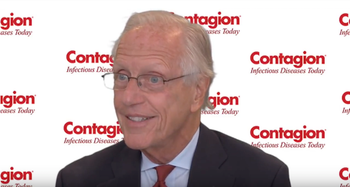
William Schaffner, MD, discusses NFID and Sanofi Pasteur’s Flu Alert campaign, dedicated to emphasizing the importance of vaccination in adults aged 65 and older.
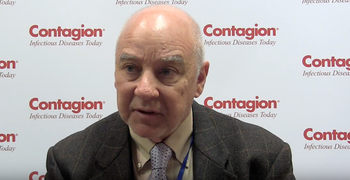
David A. Schwartz, MD, MS Hyg, FCAP, notes a topic of interest at the First International Zika Conference.

At this year’s annual CHEST meeting, Theravance Biopharma investigators report positive new data pertaining to VIBATIV gleaned from the TOUR study.

Tuberculosis (TB) remains the #1 infectious killer, worldwide, surpassing HIV / AIDS, according to the latest global TB report from the World Health Organization.

Alan Gross, PharmD, discusses testing options for multidrug-resistant pneumonia.
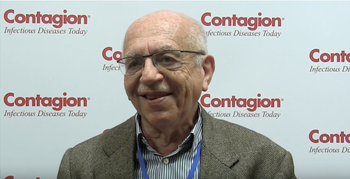
Silvio Pitlik, MD, explains why he feels Lyme disease can make individuals obsessive.

In case you missed them, we've compiled the top 5 articles from this past week.

Silvia Munoz-Price, MD, PhD, calls for a clear delineation of the role of hospital epidemiologists.

After 1 week of treatment, heavily treatment-experienced (HTE) patients who received fotemsavir, added to a failing regimen, had a greater reduction in viral load than patients on placebo.

Robert Bransfield, MD, DLFAPA, explains why patients with chronic infections may be at increased risk for suicide.
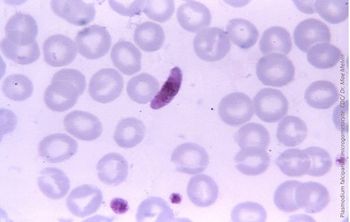
Almost 430,000 individuals succumbed to malaria infection in 2015.
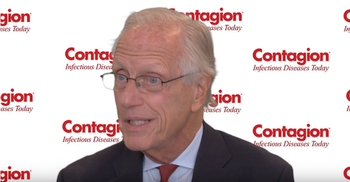
William Schaffner, MD, explains why adults aged 65 and older need to receive the flu shot.

Alan Gross, PharmD, postulates why one in four patients experienced treatment failure for community-acquired pneumonia in a recent study.

More information continues to be revealed about the Zika virus as research on a vaccine continues to advance as well.

Viviane Boaventura, MD, MsC, PhD, discusses which arbovirus poses the greatest threat to Brazil.

The FDA has approved Shingrix, GlaxoSmithKline’s recombinant zoster vaccine against shingles, for patients 50 and older.

Prof. Francisco Veas, PhD, discusses the launch of a task force dedicated to gaining a better understanding of Lyme disease.

James S. Lewis, PharmD, FIDSA, shares different proposals shared in the health care community to incentivize pharmaceutical companies to develop needed drugs.

Both test vaccines produced immune responses by 1 month after vaccination and the immune response lasted for at least 1 year.

William Schaffner, MD, discusses how the adults aged 65 and older are disproportionately affected by influenza.

Brinda Emu, MD, offers insight into the HIV monoclonal antibody ibalizumab.

While the northern hemisphere moves into fall, individuals in southern states must remain vigilant about Zika virus prevention.

Michael N. Dudley, PharmD, explains how VABOMERE was associated with a higher overall cure rate and lower mortality compared with the best available therapy in patients with CRE infections in a recent trial.